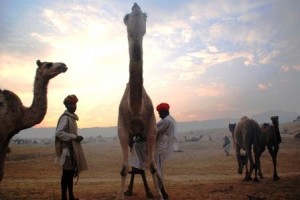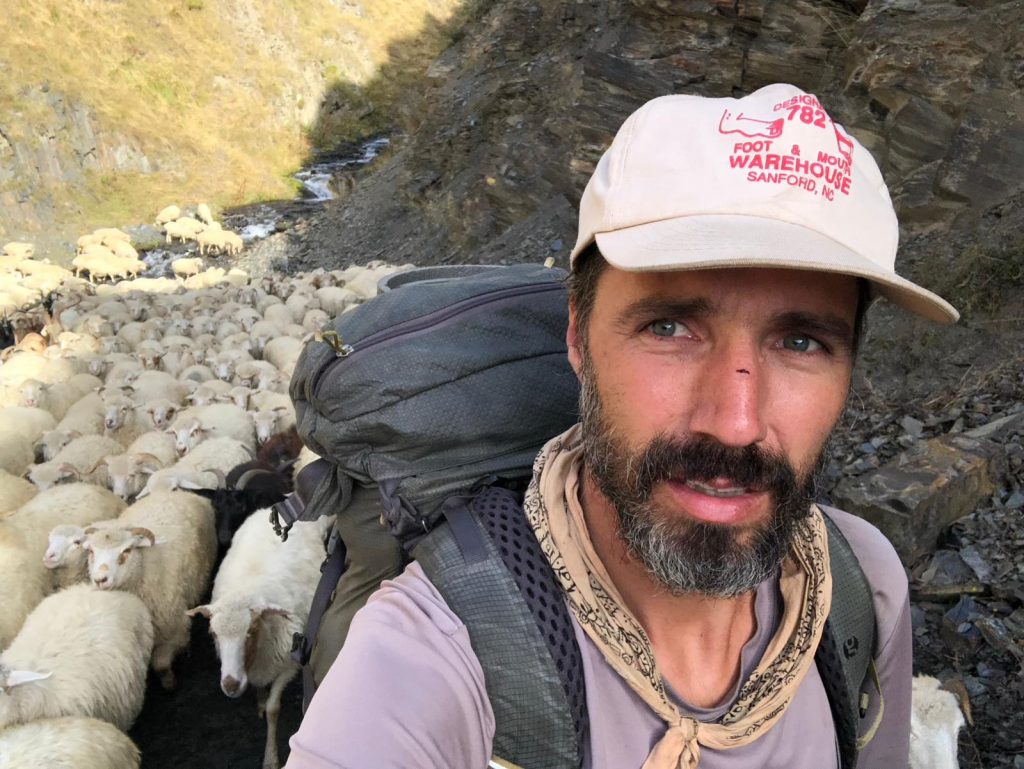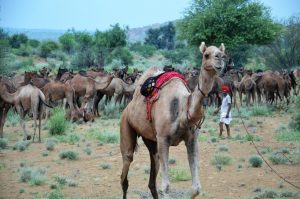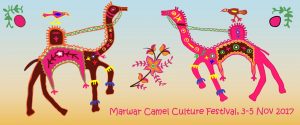Some suggestions to the government on how to go about saving the camel…
In 2010, LPPS published a “Camel Value Addition Report” which emphasized the urgent need for taking steps to save the camels. This report listed a number of recommendations and now, about four years later, the government has taken the first step that we recommended. We believe that the other steps we listed are still valid, so here we publish the entire list, with comments/updates in bold:
Recommendations
- The camel should be declared as the State Animal of Rajasthan. Since many people, especially in the west, are fascinated by the camel, this would also increase Rajasthan’s attraction as a tourist destination. Such a move would certainly make international headlines. (YES, this has happened!)
- Protection and good maintenance of orans (sacred groves) is essential as nutritional foundation for camel herds. Furthermore, one or more camel sanctuaries should be established, and a provision for camels must be made in the planned Kumbhalgarh National Park. (This point is crucial! We suggest organising a state level consultation with camel breeders and officials, including from the Forest department and the Revenue department, to identify the “hot spots” and discuss how to go about protecting these areas.)
- The infrastructure for the collection and processing of camel milk should be put into place. A network of chilling tanks or plants would enable camel breeders to supply milk. In Jaisalmer district alone, there are 15,000 female camels which could produce at least as many litres of milk per day. Furthermore, camels provide milk just at the time when buffalo and cow milk is at its lowest. (This point is important to create economic incentives for keeping female camels and to prevent them from being sold for slaughter or just perish away due to neglect. We suggest that the first area of intervention should be Udaipur and Chittorgarh districts where camel milk is already sold, albeit very cheaply and not under its name.)
- A credit and loan programme for small enterprises based on camel products (wool, leather, bones, camel cafes, etc.) should be established. (We need not only credit and loan programmes, but to think about how to revive the multitude of camel related crafts. We also need research and development on camel raw materials, as well as design inputs!)
- A camel health care system is absolutely essential. So far, the animal husbandry system has not paid any attention to the camel. Considering that camels often stay in very remote areas, the best approach would be to establish a decentralised health care system. The role of vet. doctors would mainly be to train interested youths in treating the main camel diseases. (Absolutely essential! Many camels die because treatment for the two main diseases, mange and trypanosomiasis, is not available.)





